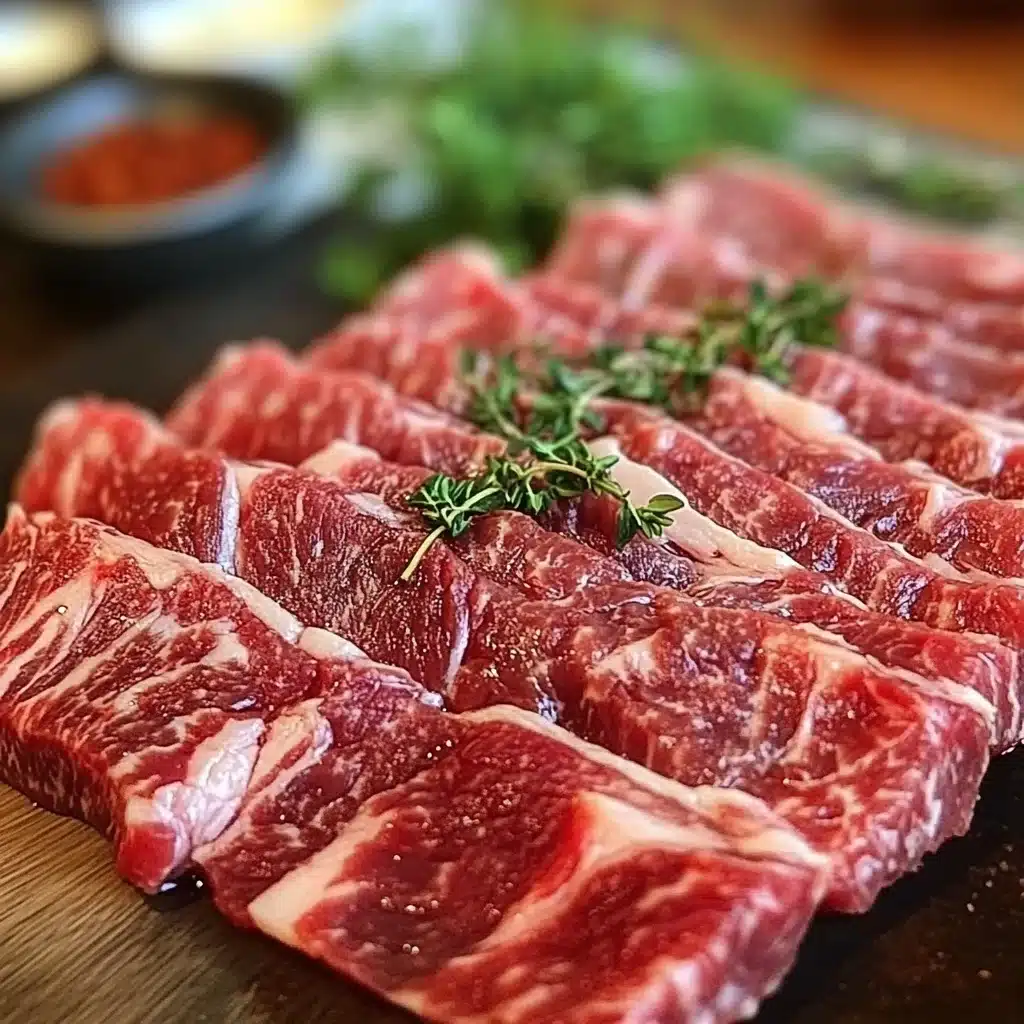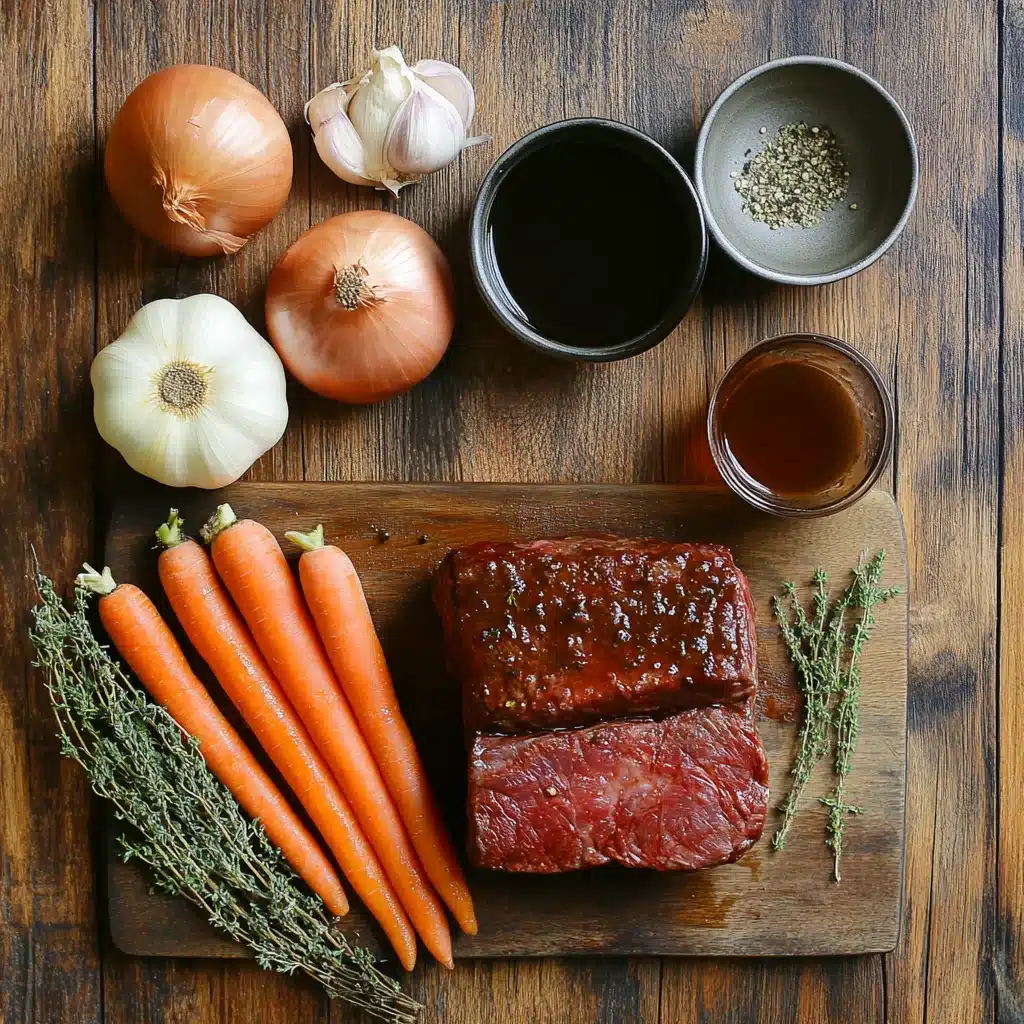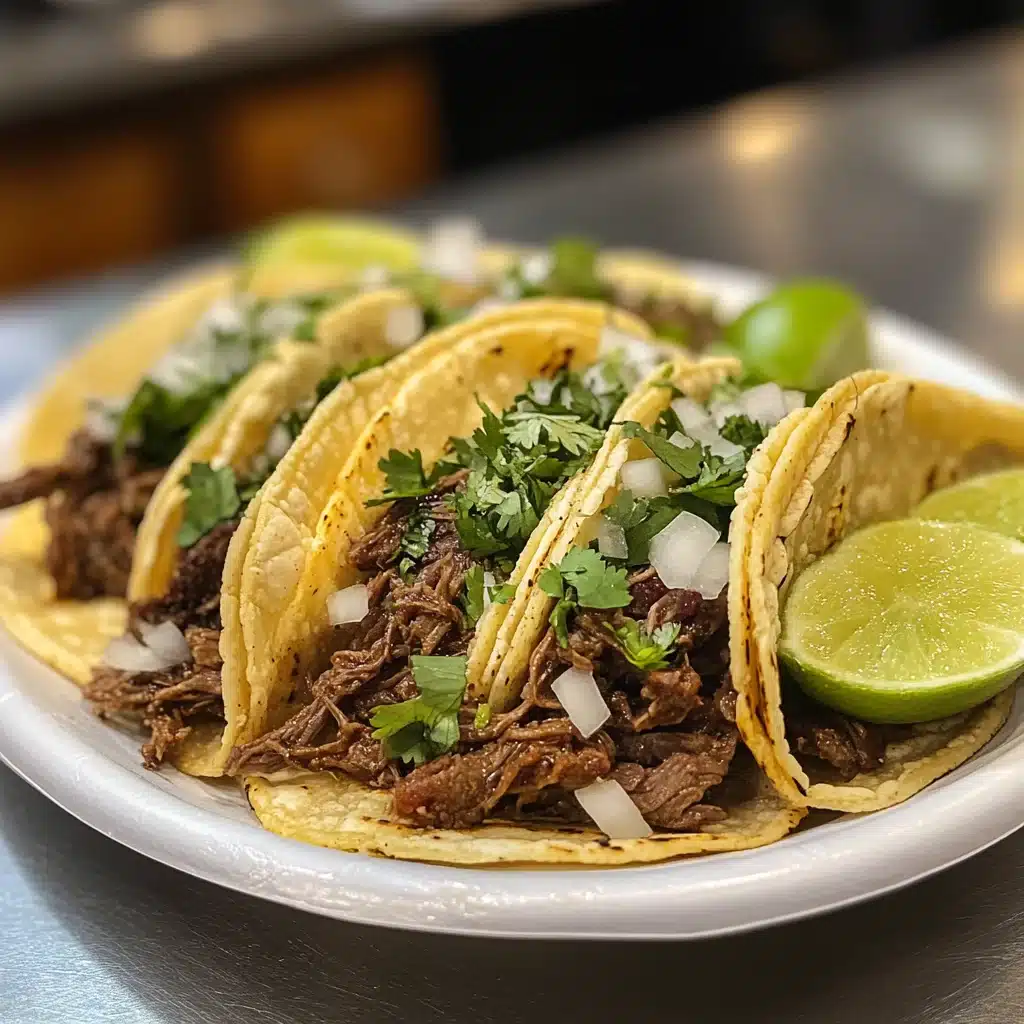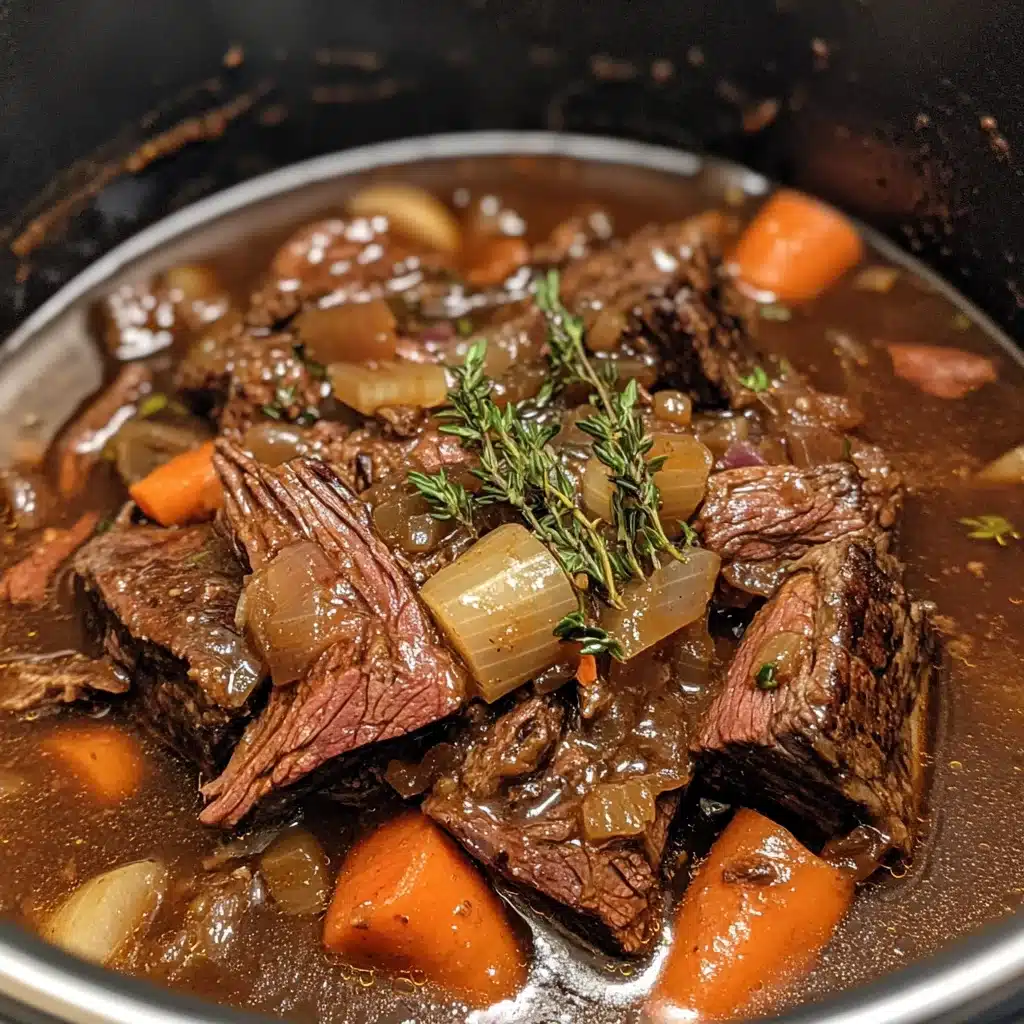Beef cheek meat holds a special place in my heart — and my kitchen. I’ll never forget the first time I tried cooking this lesser-known cut of beef. I was looking for something a little different to impress friends at a dinner party, and I stumbled across a recipe for braised beef cheeks. The first bite was a revelation: incredibly tender, bursting with flavor, and unlike anything I’d ever tasted.
Since then, beef cheek meat has become a go-to in my kitchen, especially for slow-cooked dishes. This underrated cut is perfect for everything from rich stews to flavorful tacos, and I’m here to share with you the best recipes that will make this hearty meat shine. Whether you’re a seasoned cook or just starting to experiment, these beef cheek meat recipes are ones you absolutely need to try now.
What is Beef Cheek Meat and Why You Should Try It
What is Beef Cheek Meat?
Beef cheek meat comes from the facial muscles of the cow, specifically from the cheeks, which work hard during the animal’s life. These muscles contain a high amount of connective tissue, making the meat more fibrous but also incredibly flavorful. Unlike many traditional cuts like steaks or roasts, beef cheek meat is considered a “lesser-known” cut, but it’s gaining popularity in kitchens across the world due to its richness and tenderness when cooked properly. This cut is affordable, yet when prepared correctly, it can provide an unforgettable dining experience.

What makes beef cheek meat different from other cuts is the texture. It’s tough and requires long, slow cooking to break down the connective tissues and collagen that make it so tough initially. But once cooked low and slow, it transforms into a melt-in-your-mouth masterpiece. When compared to other cuts like brisket or chuck roast, beef cheek meat offers a unique combination of flavor and tenderness that makes it ideal for braising, stewing, or slow-roasting.
The Unique Texture and Flavor of Beef Cheek Meat
One of the standout qualities of beef cheek meat is its deep, rich flavor. This cut has an intense beefiness that is more robust than more commonly used cuts. It’s a perfect match for long, slow cooking methods, where it can absorb all the flavors from broth, herbs, and spices. The texture, when cooked properly, is fork-tender, with the meat practically falling apart in your mouth.
Unlike other cuts of beef, beef cheeks have a more gelatinous quality, which is due to the high collagen content. This gives the meat a soft, silky feel once it’s braised or stewed. When properly prepared, beef cheek meat becomes tender while retaining a lovely depth of flavor. This makes it an excellent choice for dishes that require long cooking times like stews or tacos, where the flavors meld together and the texture shines through.
Why You Should Try Beef Cheek Meat
There are many reasons why beef cheek meat should make it into your culinary repertoire. First, it’s an affordable cut compared to premium steaks or roasts. Many people avoid it because they don’t know how to cook it properly, but once you master the slow-cooking techniques, it becomes an incredibly versatile and delicious addition to your meals. Second, the flavor is unmatched. The richness of beef cheek meat makes it perfect for hearty, comfort-filled meals, ideal for both everyday dinners and special occasions.
Another reason to try beef cheek meat is its versatility. You can make a variety of dishes from this cut, ranging from tender braised dishes to smoky tacos, adding exciting new flavors to your usual cooking rotation.
How to Cook Beef Cheek Meat: Tips and Techniques

Slow Cooking Methods for Beef Cheek Meat
Beef cheek meat benefits immensely from slow cooking methods like braising and stewing. These techniques allow the collagen and fat in the meat to break down, leaving you with a tender and flavorful result. One of the most popular methods for cooking beef cheeks is braising, where the meat is browned in a pan and then cooked slowly in a flavorful liquid, such as stock or wine. This not only tenderizes the meat but also infuses it with the rich flavors of the liquid.
Braising Beef Cheeks
Braising is one of the best ways to cook beef cheek meat, as it allows the muscle fibers to break down slowly while retaining the juicy, succulent texture. To braise beef cheeks, first, sear them in a hot pan to develop a rich, brown crust. Then, place them in a slow-cooker or a heavy pot and cover them with a flavorful liquid (such as beef broth, red wine, or a combination). Add aromatics like onions, garlic, herbs, and spices, and cook for several hours at low heat. The result will be tender beef cheeks that are rich in flavor and perfect for dishes like braised beef cheeks with mashed potatoes.
Stewing Beef Cheeks
Stewing is another excellent slow-cooking method for beef cheek meat. For stewing, you’ll want to cut the beef cheeks into chunks to speed up the cooking process. Stews are perfect for cold days when you want a hearty, warming meal. You can add vegetables like carrots, potatoes, and parsnips to your stew, creating a comforting, one-pot dish. Just like with braising, cook the beef cheeks slowly over low heat, allowing the flavors to develop and the meat to become tender. This method can take anywhere from 2-3 hours depending on the size of the meat chunks.
Best Cooking Times and Temperatures
To achieve the perfect beef cheek meat, the key is to cook it at low temperatures for a long time. Whether you’re braising or stewing, aim for a temperature between low and medium-low heat. For braising, you want to cook the beef cheeks at 300°F (150°C) for 2-3 hours, checking for tenderness after each hour. If you’re using a slow cooker, set it on low for about 6-8 hours, allowing the beef cheeks to become melt-in-your-mouth tender.
For stewing, cut the meat into smaller pieces and simmer it at low heat for 2-3 hours, stirring occasionally to ensure the beef is evenly cooked. If you want the meat to be extra tender, consider cooking it for longer, even up to 4 hours, to allow the collagen to break down fully.
Beef Cheek Meat Recipes You Need to Try
Beef Cheek Tacos: Simple, Flavorful, and Perfect for a Crowd
Beef cheek tacos are a fantastic way to showcase the flavor and texture of beef cheeks. When braised or slow-cooked, beef cheeks become incredibly tender and are perfect for shredding. To make these tacos, cook your beef cheeks with onions, garlic, and your favorite seasonings, then shred the meat and serve it in soft tortillas with fresh toppings like cilantro, onions, and a squeeze of lime. This recipe is perfect for a family gathering or a casual get-together.

Braised Beef Cheeks: A Rich and Hearty Dish
Braised beef cheeks are a comforting dish that really allows the flavor of the meat to shine. To make this dish, sear the beef cheeks to develop a deep, rich crust. Then, cook them slowly in a mixture of red wine, beef stock, and herbs. The result is a deeply flavorful dish that’s perfect for a cozy winter meal. Serve it with mashed potatoes or over creamy polenta for an unforgettable dish.
Beef Cheek Stew: Comforting and Perfect for a Chilly Evening
A beef cheek stew is one of the most satisfying meals you can make. The richness of the beef cheeks blends beautifully with vegetables like carrots, parsnips, and potatoes. The long cooking time ensures that the beef becomes tender while the flavors meld together. This is a dish you can make ahead of time, allowing the flavors to develop even further.

Smoked Beef Cheeks: An Adventurous Recipe for Those with a Smoker
If you’re a fan of smoking meats, beef cheeks are a fantastic cut to try on the smoker. The slow smoking process infuses the beef with a deep, smoky flavor while rendering the fat and collagen, resulting in a melt-in-your-mouth texture. Smoking beef cheeks can take several hours, but the reward is well worth it. Serve the smoked beef cheeks with a tangy barbecue sauce or on a sandwich for a delicious treat.
While beef cheek meat is a fantastic cut to explore, if you’re looking for other delicious meat recipes, check out our ground lamb recipes for even more flavorful dishes!
FAQ About Beef Cheek Meat
What is beef cheek meat good for?
Beef cheek meat is great for slow cooking methods like braising, stewing, and smoking. It’s perfect for dishes that require tender, flavorful meat, such as tacos, stews, and hearty braises.
What is another name for beef cheek meat?
Beef cheek meat is sometimes referred to as “beef cheeks” or “ox cheek” in certain culinary circles. It’s the same cut, just labeled differently depending on the region or recipe.
Is beef cheek good for smoking?
Yes! Beef cheek meat is perfect for smoking due to its high collagen content, which makes it juicy and tender when cooked slowly. Smoked beef cheeks are rich in flavor and perfect for sandwiches or as a standalone dish.
Is beef cheek tender or tough?
Beef cheek meat is tough when raw due to its muscle fibers and collagen content, but it becomes incredibly tender when cooked slowly over time. Proper braising or stewing is key to achieving the perfect tenderness.
Is beef cheek a cheap cut of meat?
Yes, beef cheek meat is generally more affordable than premium cuts like ribeye or tenderloin. This makes it an excellent choice for home cooks looking to get more flavor without breaking the bank.
Why Beef Cheek Meat is a Must-Have in Your Recipe Collection
Beef cheek meat offers exceptional flavor and tenderness, making it a versatile and cost-effective addition to your recipe collection. Its unique texture and ability to absorb rich flavors during slow cooking methods make it ideal for a variety of dishes, from tacos to stews and braised dishes. Whether you’re an experienced cook or a beginner, this humble cut of beef is worth experimenting with.
If you haven’t yet tried cooking with beef cheek meat, I encourage you to give it a try. The slow cooking process allows you to create deeply flavorful dishes that will impress your family and friends. Plus, the affordability of beef cheek meat makes it an accessible option for anyone looking to make a hearty, delicious meal on a budget.
Thank you for exploring these beef cheek meat recipes with me! If you’re excited to give them a try, be sure to share your cooking experiences and photos on Facebook and Pinterest. For even more delicious recipe ideas, check out this related post on RecipesNCooking to expand your culinary knowledge.
Happy cooking!

